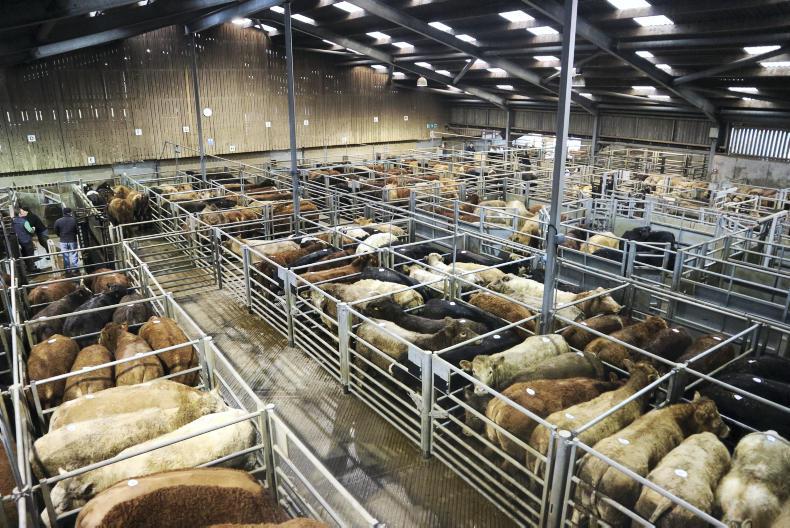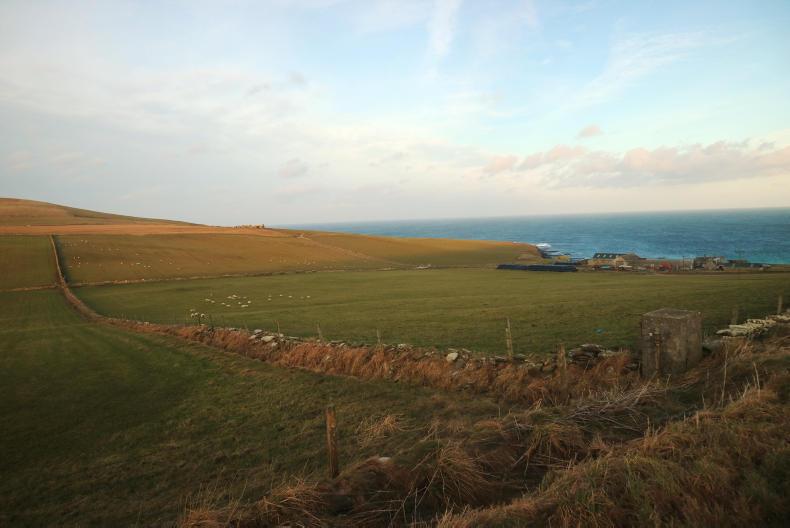Located 10 miles off the north coast of Scotland at Caithness the Orkney Islands have been part of Scotland since 1472, when they were annexed from Norway. Few local economies rely so heavily upon agriculture as they do in Orkney. Famed for the quality of their beef stock along with their historic Neolithic sites, including the Standing Stones of Stenness and the Ring of Brodgar, the islands are home to 21,349 Orcadians and nearly 51,000 beef cattle.
The islands themselves are made up of 70 individual islands, 20 of which are inhabited. The majority of the them trace their names back to Norwegian routes as Vikings inhabited the islands from 875 AD. While each is different from the next they all share one thing in common – a love of agriculture. An estimated 1,825 people are directly employed in agriculture which represents nearly 10% of the population, however it is thought that agriculture on the islands supports four indirect jobs for every direct job.
The sector is not without its challenges. If you speak to any Orcadian farmer the first port of call in any conversation is the weather. Cattle in Orkney are housed on average for seven months of the year as the region experiences more days with rain than days without it. Despite this the soil is very fertile and grass growth during the summer period is phenomenal as, owing to its northerly latitude, the islands experience nearly 24 hours of daylight. On the longest day of the year the sun will rise at 4am and not set till 10.30pm.
The other major challenge faced by agriculture is the limited amount of area suitable for cereal production. Out of all agricultural land, over 90% (86,418 hectares) is used for grazing cattle and sheep while only 4% is used for cereal production which is often only a reseeding method. This means that access to straw on the island is limited despite the demand being so high. The majority of byres as a result have been designed with slatted courts or cubicles that have passes scraped to a slurry lagoon. With cows housed for so long, this extra investment are crucial to ensure suckler herds remain viable on the islands.
Like any island, the transport links that service the Orkney Islands is crucial to their survival. The islands are well served by both air and sea links between the mainland and also between islands. Orkney is home to the shortest chartered flight in the world between Westray and Papa Westray with the flight time at just two minutes.
For farmers, ferries are the crucial link. All livestock must be transported by sea either as stores or to the Scottish mainland for slaughter following the closure of the local abattoir.
However, when speaking to John Copeland, former manager at Orkney Marts, he is positive about the future of Orkney agriculture and life on the islands despite the challenges it faces.
“We’ve always had a culture of high-quality animals here because for generations we’ve prioritised breeding. I think you can see that at the mart where we get a lot of buyers from Aberdeenshire coming for the stores and breeding heifers.
“When you’re on an island you have to try make advantages from your disadvantages. We have a long tradition of biosecurity as breeding bulls are the only stock that are brought onto the islands while we breed all our own replacements,” says John. This makes it possible to control the disease challenge on the island. By this summer they hope to be BVD-free and have already begun to tackle Johnes disease amongst their cows.
As one farmer said: “The greatest asset Orkney has is its people.”
It is a sentiment shared by all in the community with a strong sense of togetherness and immense pride in the low crime levels and high standards of health and education.






 This is a subscriber-only article
This is a subscriber-only article











SHARING OPTIONS: